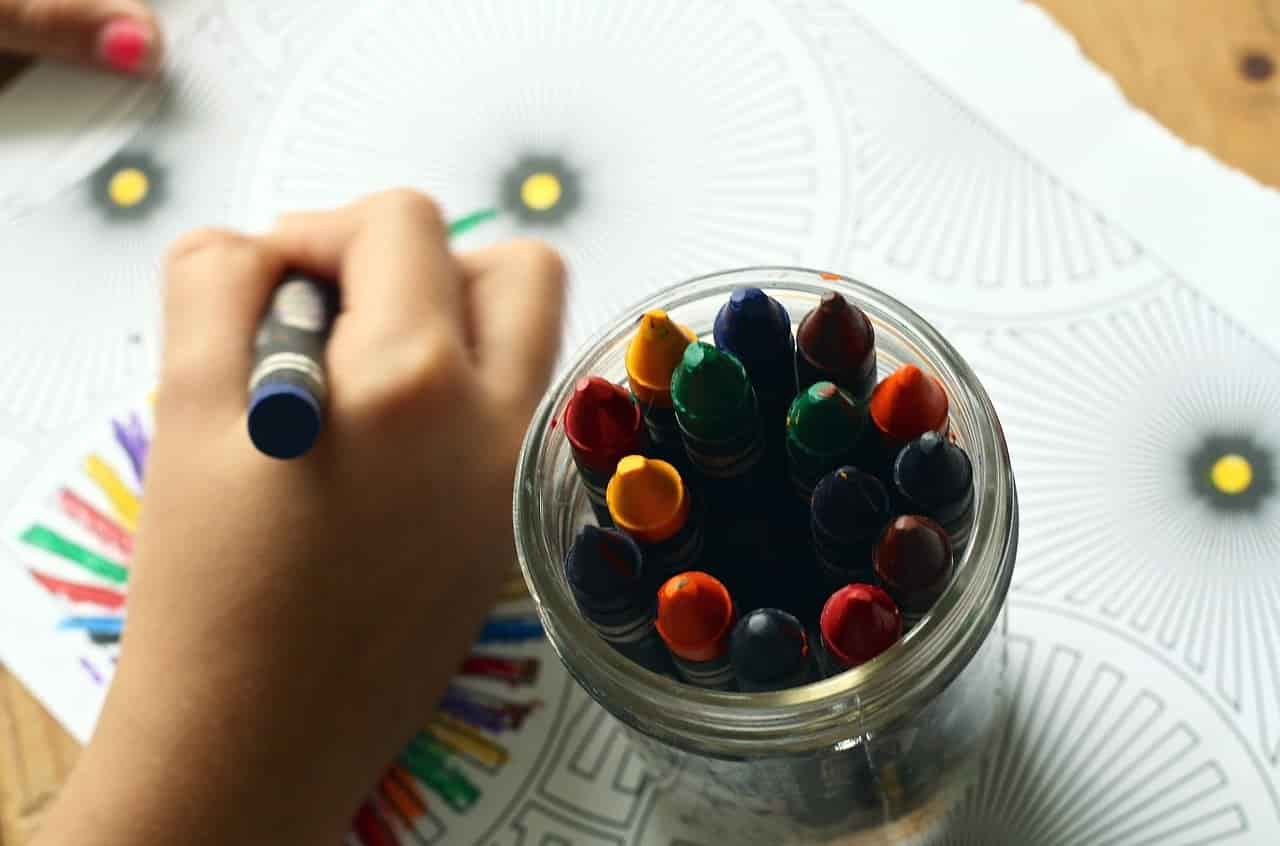Any person’s brain is capable of creative breakthroughs. All of us are naturally creative, but it takes skill and practice to develop creativity. If you add to your daily life the techniques found in the books in our selection, your level of creativity will rise by 20-50%.
“Genius on Demand,” Mark Levy
A book about freelancing, or freelance writing. It’s a great tool for finding creative solutions in any area of life. Many of us think of writing as something mysterious and unattainable. However, Mark Levy is convinced that freelancing is accessible to absolutely everyone. It is an important life skill that anyone can use. A manager who needs to close a contract with an important client, an executive in search of a management solution, or a writer who is at a creative impasse.
Throughout the day, our thoughts go round and round, or they jump chaotically from one to the other. Freerating can help streamline them and make a breakthrough by going outside of that pattern. The process of driving a pen on paper itself promotes concentration, calming the mind, awareness. And using special freewriting techniques, you can find solutions to even the most difficult problems.
“The Muse Won’t Come: The Truth and Myths of How Genius Ideas Are Born,” David Burkus
There have been myths in culture for centuries about the divine origin of talent, about ideas that come down from above. Instead of doing what they love, people wait years for inspiration or lament the fact that they are not special, creative people. Our heads are filled with clear ideas about how creativity works. But the amazing thing is that most of these notions are wrong!
In her book, “The Muse Won’t Come. The Truth and Myths of How Genius Ideas Come into Being,” David Burkus, a teacher and author of courses on leadership, entrepreneurship and creativity, debunks the 10 most common myths associated with creativity. Drawing on scientific research and experiments, he explains why you shouldn’t wait for a sudden epiphany, outlines the necessary stages of the creative process, and convinces you that anyone can create.
“The Flexible Mind. How to see things differently and think outside the box,” Estanislao Bachrach
The dominant form of thinking in modern man is called “common sense” (read: looking for standard solutions). An idea or decision seems “common sense” to us if it does not contradict what we are used to. In life, we are most often guided by our habitual behaviors and patterns of perception. People produce about 65,000 thoughts a day, and 95% of them are like they were yesterday. The brain doesn’t waste energy searching for new things, but instead resorts to patterns that have already been accumulated in its archive. Only by abandoning thought stereotypes and breaking old connections can we find new combinations, that is, become creative.
Neuroscience asserts that the capacity for creativity itself is innate and stays with us throughout our lives. Consciousness continues to learn and change until death, thanks to such brain capacity as neuroplasticity (changing neural connections). But this happens only to those who let their brains work at fantasizing, doubting, and mixing concepts. As a study by Harvard Business School’s Clayton Christon found, 80 percent of creativity can be learned. If you add the creativity techniques you find in this book to your daily life, your level of creativity will rise by 20-50%.
“Writing Professionally. How to Beat Procrastination, Perfectionism, and Creative Crises,” by Hillary Rettig
Creativity is hard to do without crises. Whether you’re writing a novel, an article, or a dissertation, procrastination, insecurity, and writer’s blocks will come up more than once or twice while you’re working.
In Writing Professionally, author and business coach Hillary Rettig explains where the difficulties with creative work come from and how to avoid them. She teaches how to build communication with your inner critic, professional community, and readers. She talks about how to secure support for yourself and how to eventually become a professional writer.
“Rice Storm. And 21 More Ways to Think Outside the Box,” Michael Michalko
The author of this book assures that thinking creatively and finding original business ideas can be done by anyone who wants to learn it. If your imagination slumbers like a waiter in a deserted restaurant, just pick something up and turn that item into an idea. For example, what could you transform a TV, a sandwich, a house mortgage or a briefcase into? And how can you improve a screwdriver or a bicycle? For a creative person, the main thing is not to let the brain rest.
To come up with the best idea, you have to generate as many of them as possible. Imagine you have a bag of marbles with only one red one among them. The probability of getting one at random is negligible. If you throw more and more red marbles into the bag, the probability will constantly grow. Likewise, generating alternate ideas increases your chances of finding a genius move in the end.
In the book you will find a variety of exercises for the development of thinking abilities and uncomplicated techniques to help you find original ideas. Examples of business breakthroughs from history inspire you to apply the tools described. Be prepared that once you finish reading Rice Storm, you’ll want to think in new ways.



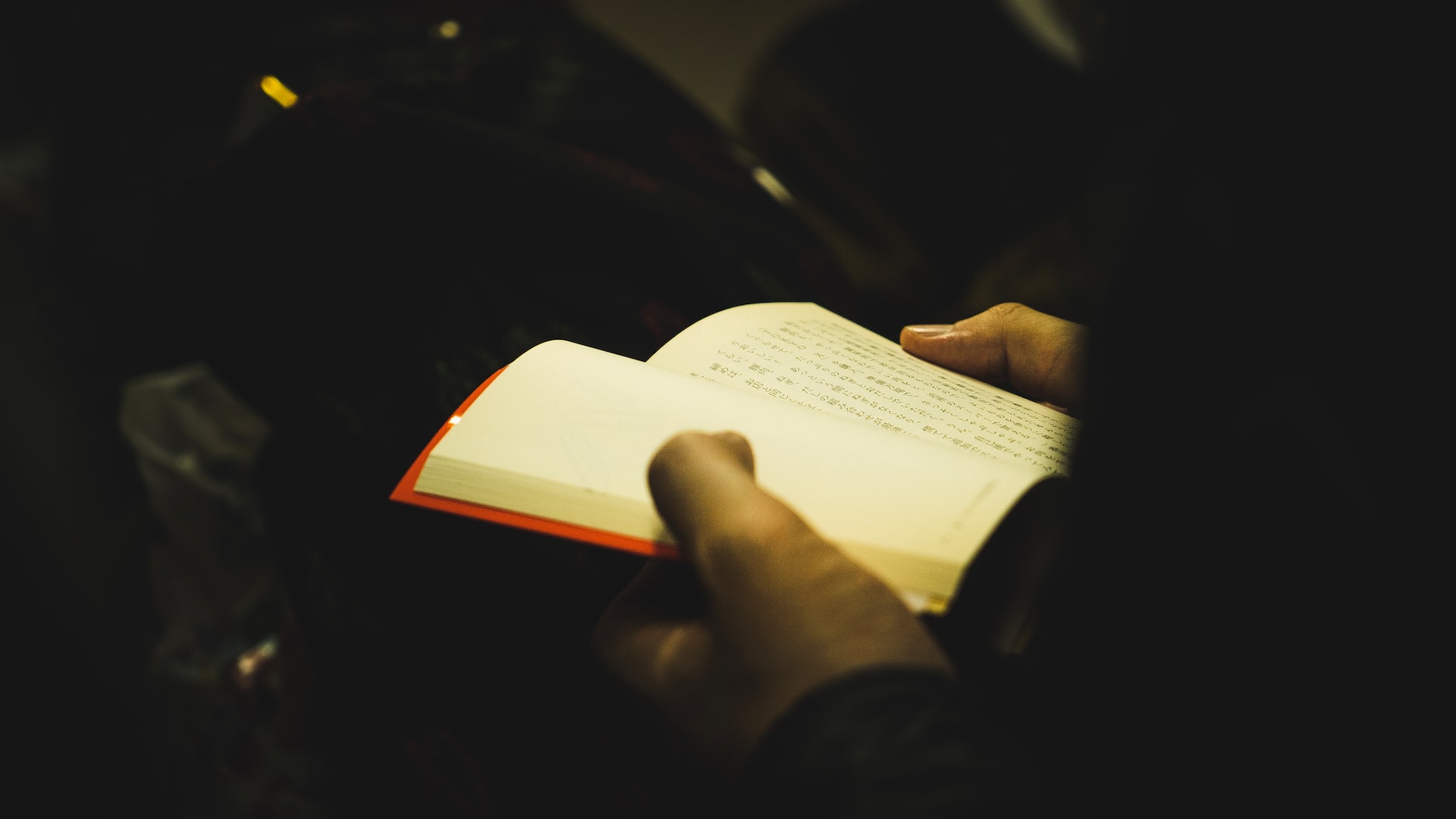



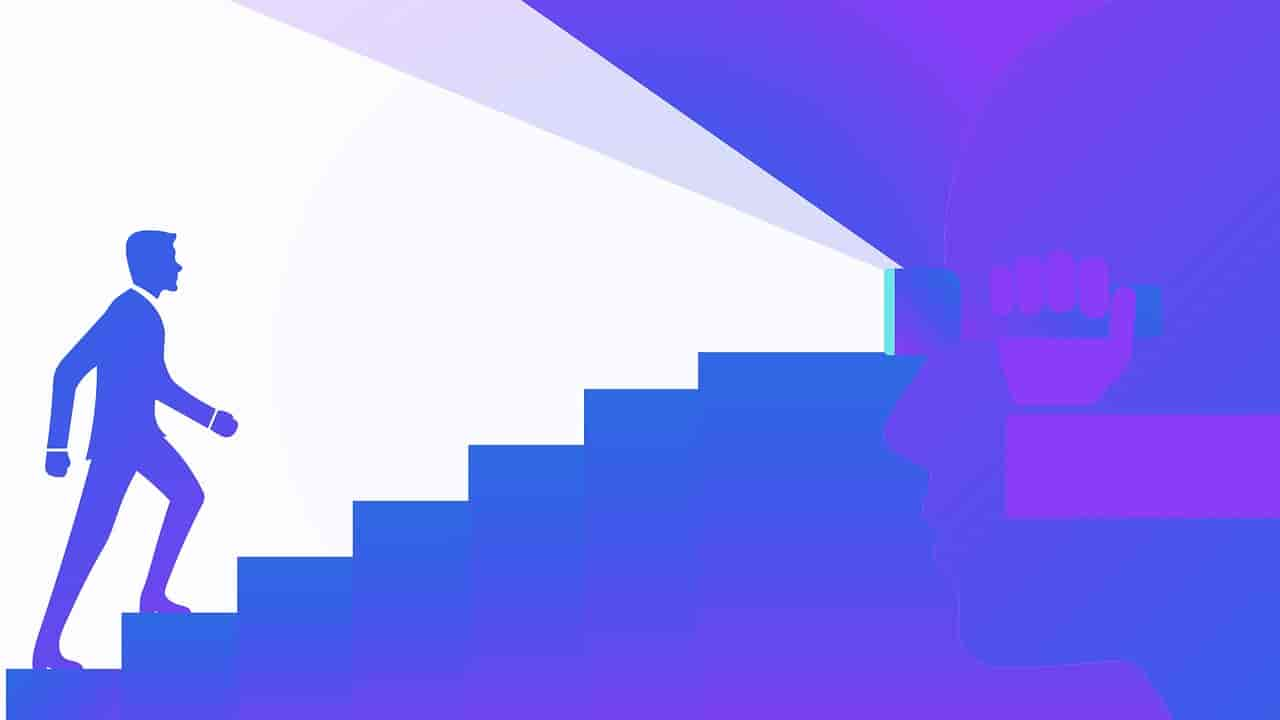

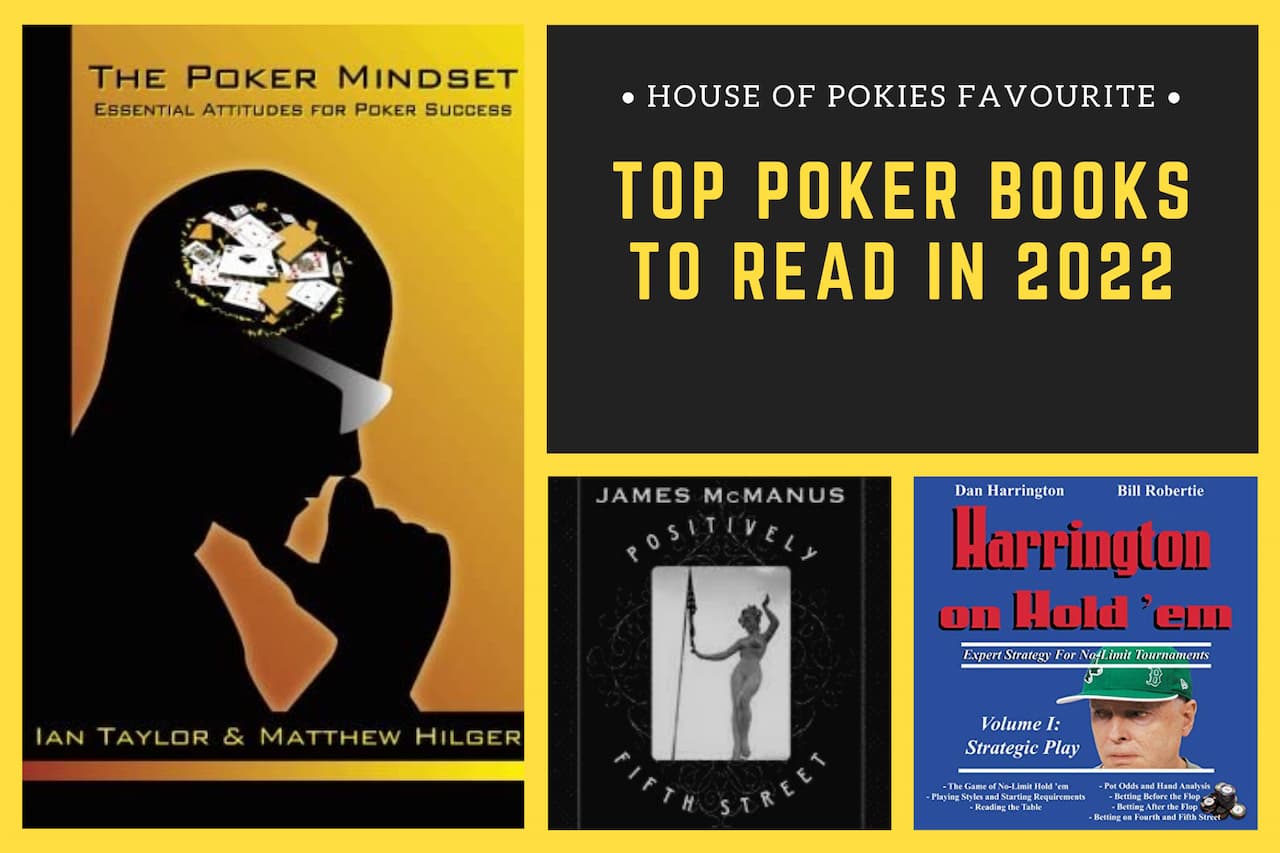

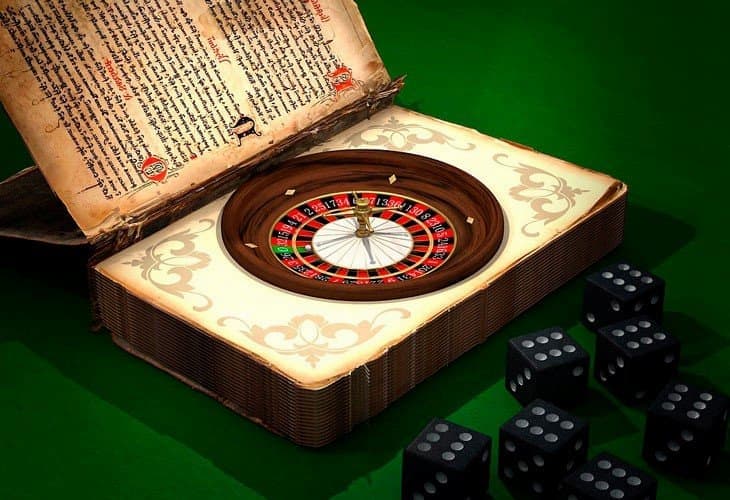
 AI in Literary Recruitment: How AI Tools Help Find Top Writers and Editors
AI in Literary Recruitment: How AI Tools Help Find Top Writers and Editors  Top 10 Must-Read Books of 2023: Unleash Your Inner Bookworm
Top 10 Must-Read Books of 2023: Unleash Your Inner Bookworm  Top 10 E-commerce Books Every Online Entrepreneur Must Read
Top 10 E-commerce Books Every Online Entrepreneur Must Read  Exploring the Benefits of Library and Book Resources for Writing Papers
Exploring the Benefits of Library and Book Resources for Writing Papers 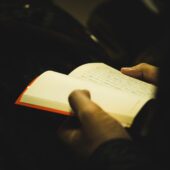 Top Japan Books to Read in All Time
Top Japan Books to Read in All Time 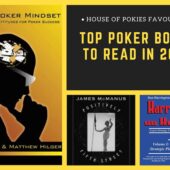 Best Sellers in Poker (According to House of Pokies)
Best Sellers in Poker (According to House of Pokies)  Top Belgian books for auto mechanics
Top Belgian books for auto mechanics 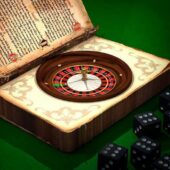 Best Books About Gambling
Best Books About Gambling  Top Asian Books to Read in 2022 [Part 2]
Top Asian Books to Read in 2022 [Part 2]  Top Asian Books to Read in 2022 [Part 1]
Top Asian Books to Read in 2022 [Part 1]  Will Libraries Remain Relevant in the Future?
Will Libraries Remain Relevant in the Future?  Is Paying Someone to Write an Essay Plagiarism and Illegal?
Is Paying Someone to Write an Essay Plagiarism and Illegal?  The Most Exciting Books of 2021
The Most Exciting Books of 2021  Will Libraries Remain Relevant in the Future?
Will Libraries Remain Relevant in the Future?  How to Do a Book Review Assignment
How to Do a Book Review Assignment 